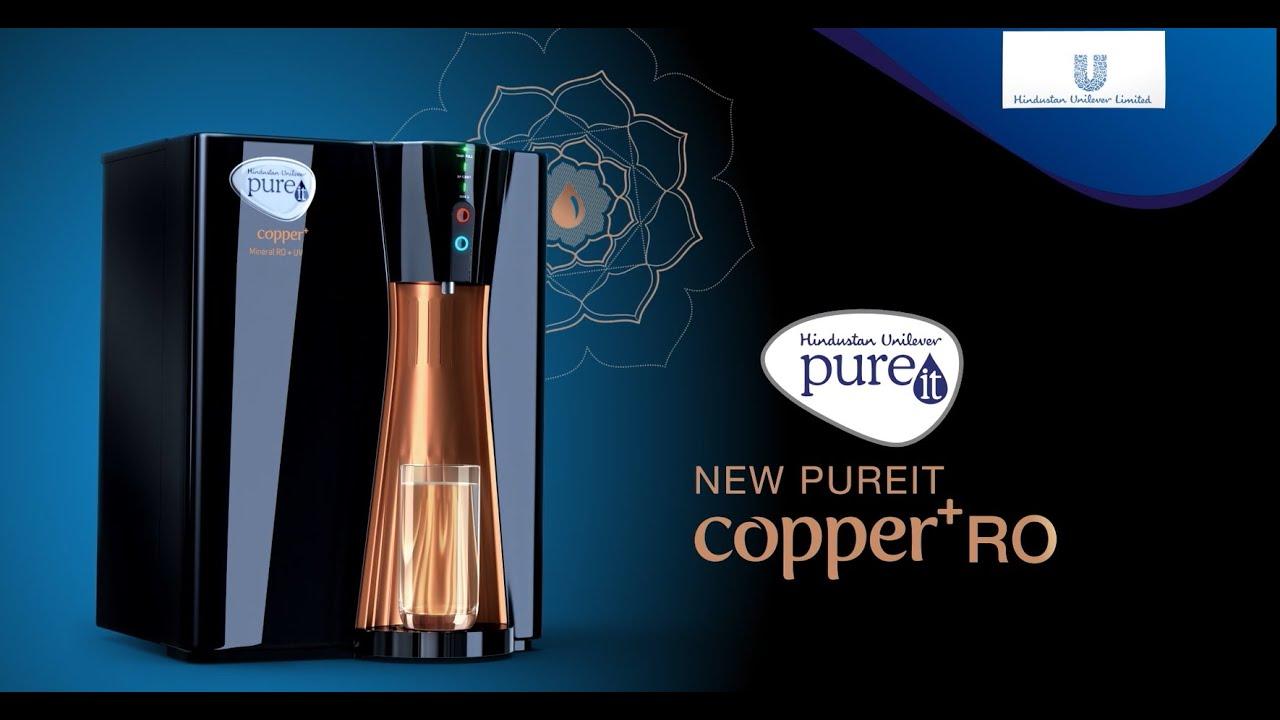Clean and safe drinking water is a fundamental necessity for human health. With concerns about the quality of tap water rising in many parts of the world, investing in a reliable water purification system has become a common choice for those looking to ensure the safety of their drinking water. One of the most popular and effective choices is the Reverse Osmosis (RO) water purifier. While we won't delve into specific brands and their associated costs in this article, we will explore the factors that influence the price of RO water purifiers.
1. Filtration Stages: The complexity of the filtration process is a significant determinant of the price of an RO water purifier. These systems typically consist of multiple stages, including pre-filters, carbon filters, and the RO membrane itself. The more stages a purifier has, the more contaminants it can remove, but this also tends to drive up the cost.
2. Capacity: RO water purifiers come in various capacities to suit different household sizes and water consumption needs. Smaller systems are less expensive, while larger capacity models tend to be pricier. When deciding on the right capacity for your needs, consider the number of people in your household and your daily water consumption.
3. Technology and Features: Advanced features and technology can significantly impact the cost of an RO water purifier. Some models come equipped with smart sensors, real-time water quality monitoring, and app-based controls. While these features can be convenient and provide peace of mind, they come at an additional cost.
4. Installation and Maintenance: The initial installation cost is something to consider. Some RO purifiers are designed for DIY installation, while others may require professional help. Additionally, factor in the maintenance expenses, which include replacing filters and membranes at regular intervals. Maintenance costs can vary, so it's important to understand the long-term commitment when assessing the overall expense.
5. Material and Build Quality: The materials used in the construction of the RO water purifier can impact the cost. High-quality, durable materials tend to result in a higher price tag. However, investing in a well-constructed unit can provide long-term reliability and peace of mind.
6. Brand Reputation: Though we won't mention specific brands here, it's essential to consider the reputation of the manufacturer when choosing an RO water purifier. Well-established and reputable brands often command a higher price due to their track record of quality and reliability. However, lesser-known brands might offer cost-effective options.
7. Certification and Testing: RO water purifiers that are tested and certified by relevant authorities, such as NSF, WQA, or other local regulatory bodies, tend to be more expensive. These certifications assure consumers that the purifier meets specific standards for water quality and safety.
8. Local Factors: The price of RO water purifiers can also be influenced by local factors, such as import duties, taxes, and regional demand. Therefore, it's important to consider the local market conditions when assessing costs.
9. Additional Accessories: Some RO water purifiers come with additional accessories like storage tanks, faucets, or pressure boosters. These can add to the overall cost but may enhance the functionality and convenience of the system.
In conclusion, the RO water purifier price is influenced by various factors, including its filtration stages, capacity, technology, installation, maintenance, build quality, brand reputation, certifications, local factors, and included accessories. The key is to assess your specific needs and budget constraints to find a water purification system that strikes the right balance between cost and performance. Regardless of the price, the long-term health benefits of having safe, clean drinking water make the investment in an RO water purifier a worthwhile one.
